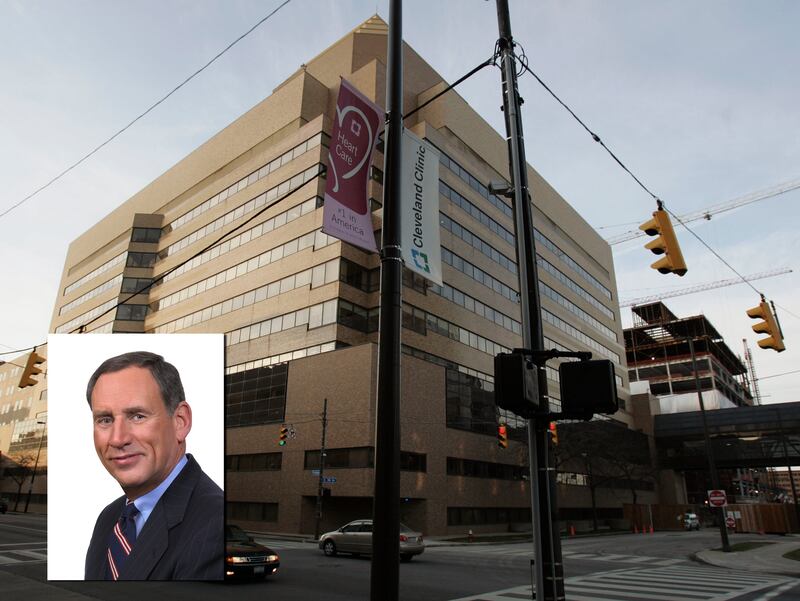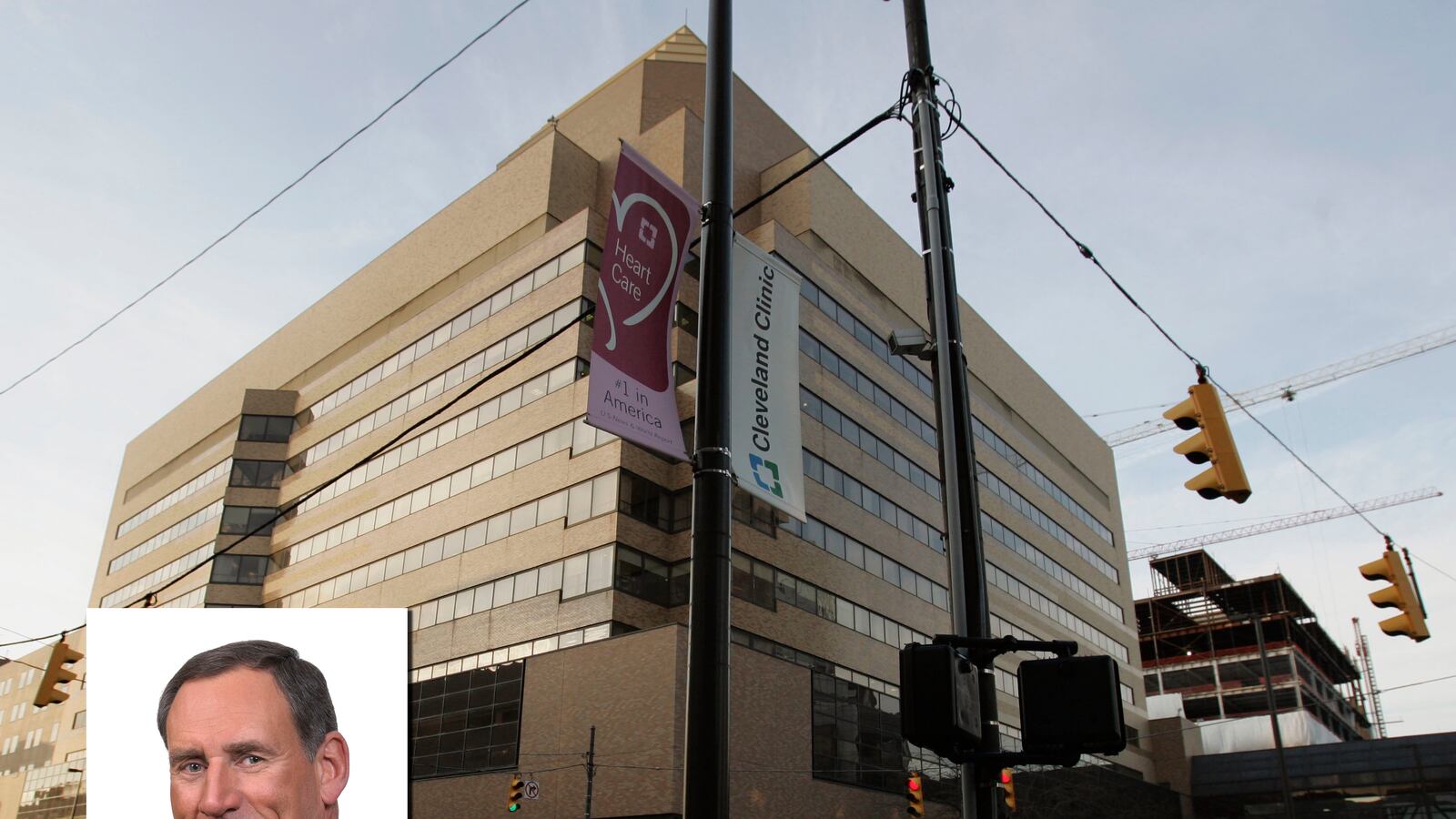“If you want to get rich, you ought to go to Goldman Sachs.” That’s the message one of the nation’s largest employers of physicians has for young doctors.
Being a physician used to be a clear path to the American 1 percent. Practices tended to be entrepreneurial small businesses, which had great success passing through ever-higher costs to public and private insurance organizations. The more patients they saw and the more procedures they conducted, the more they got paid. According to a 2011 survey, the average salary for a dermatologist with six years of experience was $365,000; for an orthopedic surgeon, it was $485,000.

But that golden age has come to an end. In recent years, we’ve seen a rare decline in the rate of health-care spending growth. The recession has brought greater sensitivity to all sorts of spending, while transparency is forcing hospitals and physicians to compete on price. And now the Affordable Care Act, which contains an array of measures explicitly intended to reduce spending, is about to hit. “People recognize that we’re going to get paid less for what we do starting in 2014,” said Delos Cosgrove, chief executive officer of the Cleveland Clinic, which employs 3,200 physicians. That’s why Goldman, he says, is a better bet if you want to get filthy rich.
The Affordable Care Act is more of a symptom than a cause of the impending crunch in health spending. But the impact on physicians as businessmen is one of the big economic subtexts of the act’s implementation.
Cosgrove, a heart surgeon, stopped by The Daily Beast’s offices to talk up the Cleveland Clinic’s business model, which differs significantly from much of the health-care industry. “We’re a not-for-profit, group practice with physician leadership, and our doctors are on a straight salary,” said Cosgrove, who has been practicing medicine for nearly half a century. Disconnecting compensation from the number of tests or procedures ordered removes financial incentives for unnecessary and expensive activities. It can also create a more collegial environment. “If you get a case and I don’t, it doesn’t affect your salary,” he said. Cosgrove also said that transforming doctors from businesspeople into workers removes the headaches of managing a practice. “I did 22,000 procedures and never sent out a bill,” he said. “I just concentrated on being a doctor.”
As reimbursements rates fall, and public and private insurance companies look for ways to reduce costs, this model of salaried doctors working for hospitals could be the wave of the future. Cosgrove said that 75 percent of graduating medical students want to be salaried. The turnover rate at Cleveland Clinic is about 4 percent. By contrast, the turnover rate for physicians at large practices was 6.8 percent in 2012.
Cosgrove, a Vietnam veteran, is neither an Affordable Care Act champion nor a fierce critic. Physicians, administrators, suppliers, and health-care entrepreneurs must reckon with the fact that costs have to come down, he says. “I think the basic premise is we had to change,” he said. “Health care had gotten so expensive that we could no longer afford it without digging into other things like education.”
For hospital administrators, the bitter pill of lower reimbursement rates was supposed to come with several heaping spoonfuls of sugar, including the significant expansion of Medicaid. But Ohio hasn’t yet accepted the Medicaid expansion, a vital component of the Affordable Care Act, which means the state’s health-care system could forgo up to $13 billion in potential funds as it grapples with changes.
In addition, Cosgrove says, hospitals have plenty of work to do on their own to prepare for the new regime. Consumers are expecting that the Affordable Care Act will bring people greater access to health care. “But access in Washington is defined as insurance,” Cosgrove said. “Everywhere else, as a patient, it means getting in to see somebody.”
Since health-care organizations can’t meet what is likely to be rising demand simply by hiring more people, they have to re-engineer their operations. For example, the Cleveland Clinic now asks everybody who calls for an appointment if they’d like to be seen on the same day—the better to head off acute problems. “Last year, we had 1 million same-day patients, and 98 percent of the people who wanted a same-day appointment got one,” Cosgrove said. To cut back on emergency-room visits, it has set up a nurse-on-call service—for a parent whose child spikes a temperature in the middle of the night, for example—that fields 200,000 calls per year. Cosgrove said the Cleveland Clinic has also reduced the average waiting time in its emergency room to 13 minutes. (According to the Centers for Disease Control, between 2003 and 2009 the mean emergency-room waiting time in the U.S. rose from 46.8 minutes to 58.1 minutes.)
The Cleveland Clinic is a huge enterprise. With 43,000 employees (average salary: $60,000), $6.5 billion in annual revenues, it’s Ohio’s second-largest employer, behind Walmart. In addition to its nine hospitals in Cleveland, it has facilities in Las Vegas, Toronto, and Palm Beach. It managed a 750-bed hospital in Abu Dhabi, where it is also building a 23-story facility.
Yet compared with other industries, medicine remains highly fragmented. There is no hospital company in the U.S. that rivals the scale and scope of McDonald’s, or General Motors, or IBM. Cosgrove believes that is going to change. With the rise of outpatient procedures and a concerted effort to reduce the amount of time patients spend in hospitals, the U.S. has a large surplus of hospitals. In 2009, according to the CDC, there were 944,277 hospital beds in the U.S., but the occupancy rate was only 67.8 percent. By contrast, in 1980, some 77.7 percent of hospital beds were occupied on any given day. “If you look at every low-margin industry in the U.S.—and hospitals are low-margin, along with airlines, bookstores, and banks—they’ve all consolidated around efficiency,” said Cosgrove. Last week, Community Health System, the second-largest for-profit hospital company, which owns 135 facilities, acquired Health Management Associates, for example.
As for doctors, Cosgrove believes the future remains bright. Specialists may find their salaries will be crimped. But there is a shortage of primary-care physicians. And the field still pays quite well. “Almost every doctor I know is comfortable,” he said. “And there are very few things you can do that you do good for people and get paid a pretty good living.”





